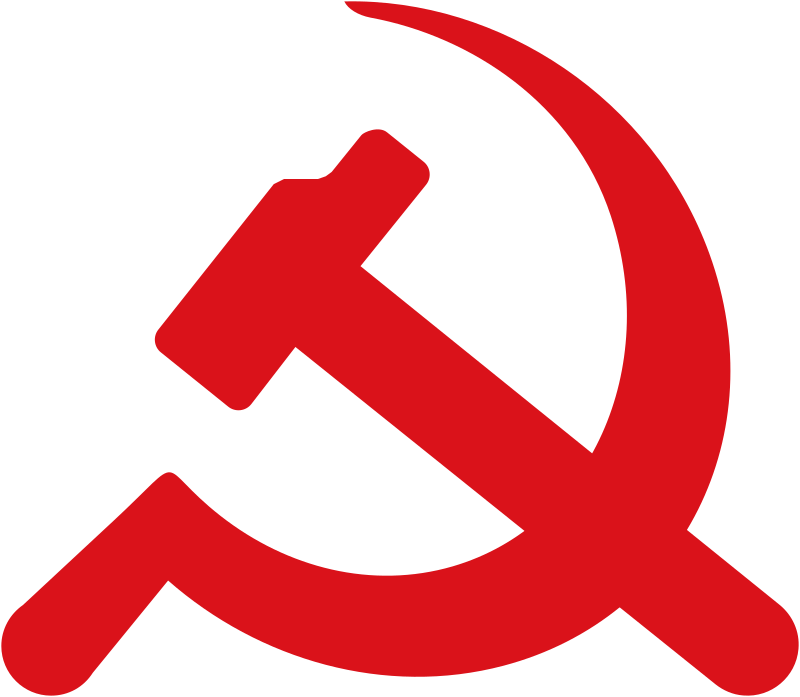History
The history of the Khmer Rouge is deeply intertwined with the complex political landscape of Cambodia in the mid-20th century.
The origins of the Khmer Rouge can be traced back to the 1950s when Cambodia was still under French colonial rule. The rise of communist movements in Southeast Asia, particularly in Vietnam, inspired a group of Cambodian intellectuals and revolutionaries to form the Communist Party of Kampuchea (CPK) in 1951. This party, led by figures like Pol Pot, began to organize against the ruling government.
In the 1960s, the CPK became more radicalized under the influence of Maoist ideology. They took refuge in the country side, forming a guerrilla army known as the Khmer Rouge, which was initially supported by the North Vietnamese. The Khmer Rouge grew in strength during the Cambodian Civil War (1967-1975), which was marked by increasing instability and a fragile government under Prince Norodom Sihanouk. By 1970, General Lon Nol’s coup against Sihanouk led to the collapse of the monarchy and the creation of the Khmer Republic, which further exacerbated the conflict.
In 1975, the Khmer Rouge, now led by Pol Pot, captured Phnom Penh and established Democratic Kampuchea. Their goal was to transform Cambodia into a rural, classless society, but their methods led to the deaths of an estimated 1.7 million people.
After the Vietnamese invasion, in 1979, the Khmer Rouge retreated to the border regions and continued to operate as a guerrilla force. Despite losing political control, the Khmer Rouge remained active until their disbandment in 1998, when the last of their senior leaders, including Pol Pot, were either arrested or died. The movement’s legacy continues to haunt Cambodia, with ongoing efforts to bring justice to the victims of their brutal regime.
